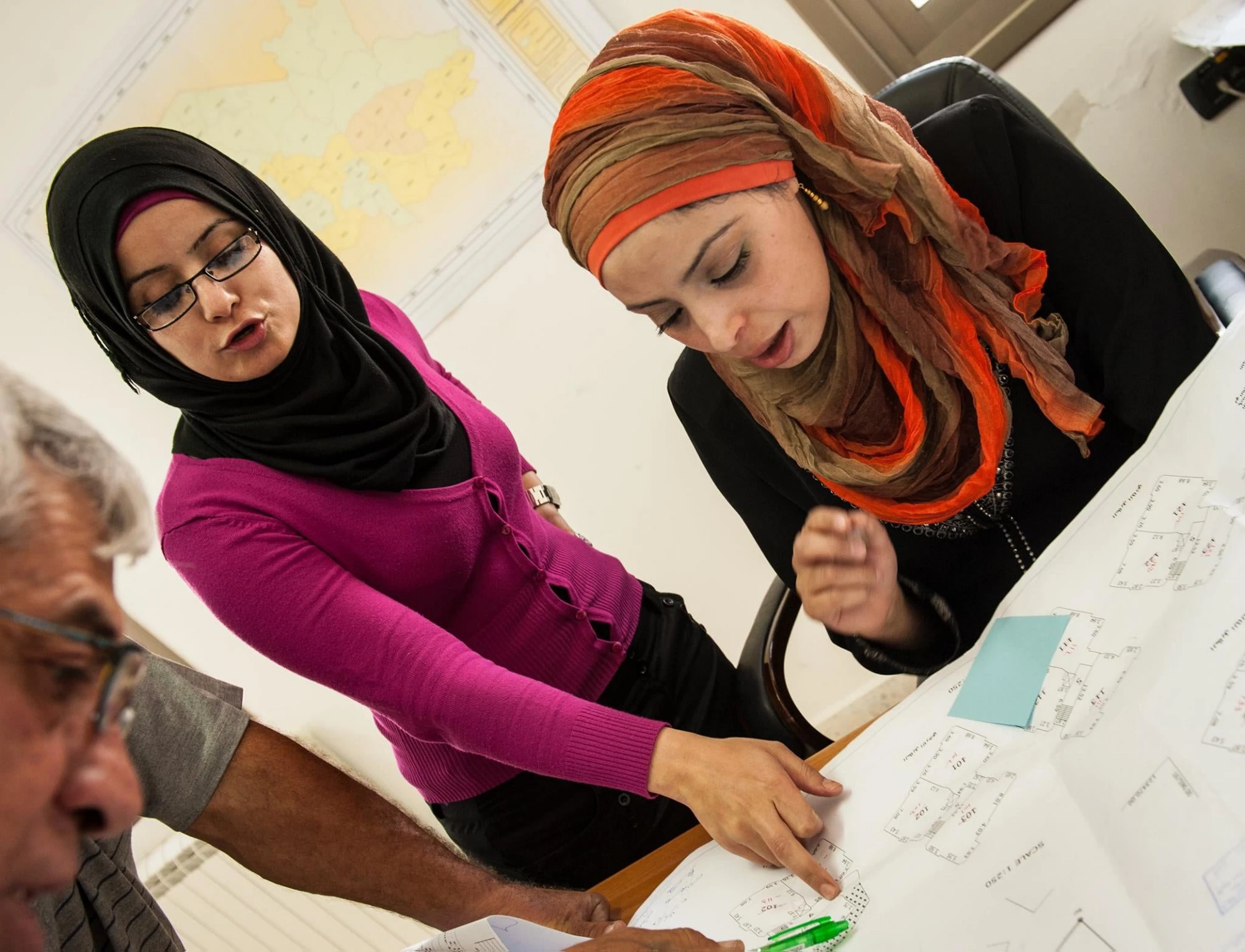Citizen Engagement (CE) mechanisms are most effective when the operating environment is conducive. A well-informed citizenry, an enabling regulatory framework, such as freedom of association, access to information, and petition rights, as well as institutional structures including well-organized media and a dynamic CSO-landscape rooted in communities all play an important role in making CE mechanisms function more effectively.
How about where such conditions are not available—like in fragile and conflict-affected situations? Are there any benefits in integrating CE mechanisms in development programs in such situations? Can CE mechanisms still help citizens engage with the state constructively when the state clearly lacks the capacity to respond?
Task teams at the World Bank’s Middle East and North Africa (MENA) region have been grappling with these questions since launching a pilot initiative three years ago to strengthen citizen engagement throughout its operations, responding to an increased demand for voice and participation in the region. The new MENA strategy also put citizen engagement at the center of one of its main pillars, to renew the social contract. Citizen engagement was no longer an option—it had to be integrated across projects even in contexts where institutional capacities were extremely weak and state’s authority was often contested.
Despite the initial trepidation, the actual integration of citizen engagement in fragile situations defied all expectations. True, the absence of conducive environments did pose additional challenges in making public institutions more responsive and accountable. However, these deficiencies were easily compensated for. CE mechanisms filled crucial gaps of state institutions, whether they were non-existent, weak, or compromised, by delegating tasks such as monitoring and prioritization of needs to communities.

Citizen engagement also helped in some contexts to reinforce positive interactions between the state and citizens. There is emerging consensus among scholars that state legitimacy is enhanced not by service delivery per se but by the opportunities the process provides for citizens to interact with the state positively. And citizen engagement provides exactly that by getting citizens involved in identifying priority needs, registering complaints, voicing disagreements, and providing feedback etc.
In other words, MENA’s experience in integrating CE mechanisms in development programs in fragile and conflict-affected situations has highlighted the transformative potential of citizen engagement, not only in improving development results, but also in addressing issues at the heart of fragility and conflict. CE mechanisms tend to empower citizens by giving them the space and channels to hold the state accountable. It facilitates a gradual change in stakeholders’ mindset with citizens realizing that they can influence the quality of services and resource allocations—issues that are typically at the heart of societal tensions.
When citizens engage with government officials, the state becomes visible and citizens gain more knowledge about government processes as well as constraints that affect government performance. They also gain skills that help them better negotiate and communicate with the government in presenting their demands more coherently. Such interactions often tend to strengthen the vertical link between the state and society.
Furthermore, citizen engagement can also strengthen horizontal links in society by increasing face-to-face interaction among community members. This enhances social cohesion by promoting trust across community members and improving social cooperation. By promoting collective action, citizen engagement activities also engender a sense of community , generating consensus and a common understanding of problems as well as potential solutions. Such collaboration strengthens associational links and helps build social cohesion.
For instance under the Municipal Development Program in West Bank and Gaza, citizens in each targeted municipality participate in planning committees on Strategic Development and Investment Planning. This process allows citizens to voice their priorities, have insights into the budget making process and participate in decision making regarding how resources are allocated and used. While improving the quality of services this process has also increased inter-community collaboration.
In sum, while implementing citizen engagement activities in fragile situations is inherently challenging and complex, it can foster a constructive state-society relationship by reassuring citizens that procedures are fair, providing more information on constraints, and enhancing their skills in communicating with the government. Citizen engagement can also help strengthen social cohesion by developing a capacity for constructive engagement through cooperation and reciprocity. Our experience has shown that far from considering CE mechanisms in fragile situations as challenging and risky, they should be embraced for their potential to address dynamics that are at the heart of fragility and conflict.
Strengthening citizen engagement in fragile and conflict-affected situations? Yes, really! It is happening in MENA.
Watch a video, "Citizen Engagement in the Palestinian Cash Transfer Program": English | Arabic
***
Citizen engagement activities in MENA countries affected by fragility and conflict were supported by the Korean Trust Fund for Economic and Peace Building Transitions.


Join the Conversation